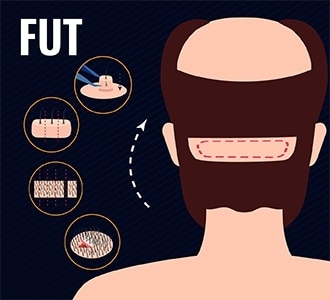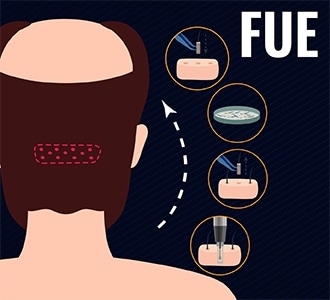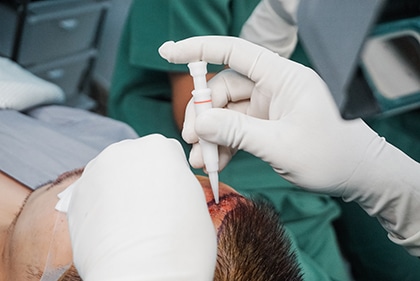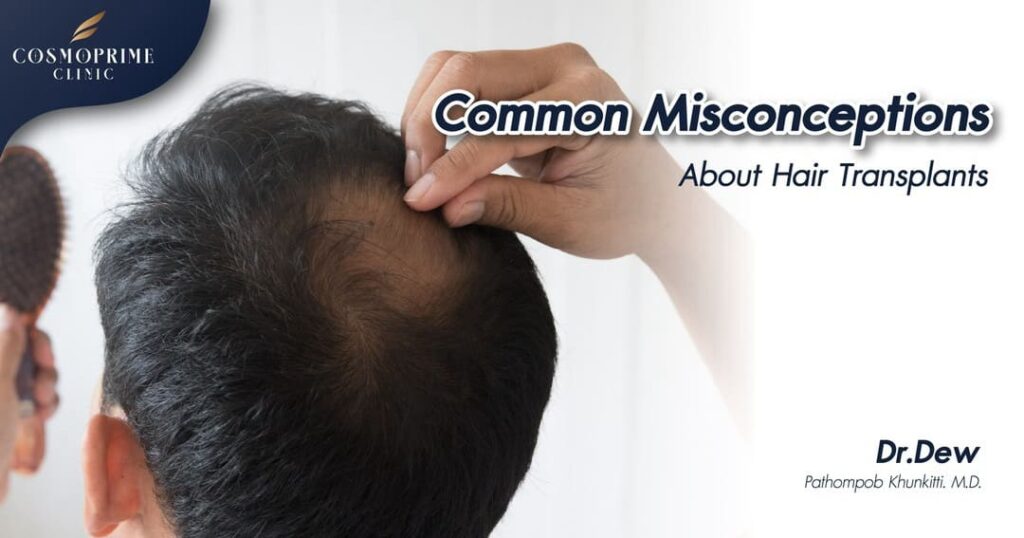Common Misconceptions About Hair Transplants
With advancements in medical technology, hair transplants are becoming increasingly popular. However, along with the growing popularity come many misconceptions that can mislead potential patients. Let’s debunk these myths and clarify the facts about modern hair transplant procedures.
table of contents
Myth #1 – Hair Transplants Are Extremely Painful
✅ The Truth: While the idea of surgery sounds painful, hair transplants are generally not as painful as many people assume.
During the procedure, local anesthesia is administered to numb the treatment areas. Patients may experience slight discomfort during the injection, which lasts only a few minutes. Once the anesthesia takes effect, the procedure itself is painless.
Modern techniques also reduce discomfort. For example, some clinics use advanced anesthesia methods requiring fewer injection points—resulting in a more comfortable experience.
Myth #2 – Hair Transplants Look Unnatural
✅ The Truth: When performed by experienced surgeons, hair transplants today look completely natural.
Factors contributing to a natural appearance include:
- Graft Selection: Single-hair grafts are used for the hairline, while multiple-hair grafts are placed in denser areas.
- Angle and Direction: Skilled surgeons match the natural growth pattern of your hair, ensuring that transplanted follicles align seamlessly.
- Hair Density Matching: Transplanted hair is distributed evenly to blend with your existing hair.


Myth #3 – FUT Is Better Than FUE (or Vice Versa)
✅ The Truth: Both FUT and FUE techniques have unique advantages, and neither is universally “better.” The best method depends on individual needs.
-
FUT (Follicular Unit Transplantation):
- Suitable for patients requiring large graft volumes.
- Leaves a linear scar but preserves donor area density.
-
FUE (Follicular Unit Extraction):
- Minimally invasive and leaves tiny, dot-like scars.
- Ideal for those wanting short hairstyles and faster recovery.
In some cases, combining both techniques provides optimal results. An experienced doctor will recommend the best approach based on your hair type and goals.
Myth #4 – Long Hair FUE Provides Instant Fullness
✅ The Truth: While Long Hair FUE allows hair to remain long during the procedure, the transplanted hair will still shed within 1-3 months—a normal part of the process known as shock loss.
New hair growth begins around 4-6 months, with full results visible between 12-18 months. While Long Hair FUE offers an immediate visual improvement, patience is required for long-term thickness.
Myth #5 – DHI Is Superior to FUE
✅ The Truth: DHI (Direct Hair Implantation) is a variation of FUE, not a separate method. It uses a tool called an implanter pen to place grafts directly into the scalp.
While DHI can offer precision and reduced handling of grafts, both methods can achieve the same hair density (50-60 grafts per square centimeter) when performed by a skilled surgeon. The best technique depends on individual cases and patient preferences.

Final Thoughts
Understanding the facts about hair transplants helps you make informed decisions. Modern techniques can provide natural, long-lasting results with minimal discomfort when performed by experienced professionals.




